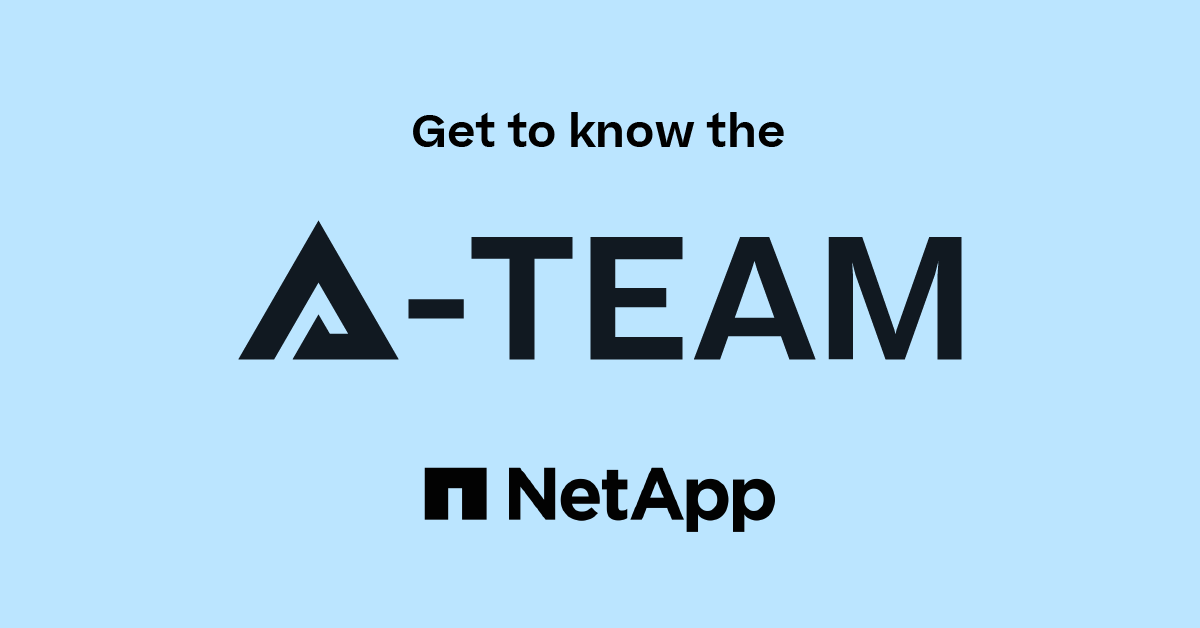ONTAP Hardware
- Home
- :
- ONTAP, AFF, and FAS
- :
- ONTAP Hardware
- :
- [Question] The difference between "bye, bye -g" and "boot_ontap" in NetApp ONTAP.
ONTAP Hardware
- Subscribe to RSS Feed
- Mark Topic as New
- Mark Topic as Read
- Float this Topic for Current User
- Bookmark
- Subscribe
- Mute
- Printer Friendly Page
[Question] The difference between "bye, bye -g" and "boot_ontap" in NetApp ONTAP.
- Mark as New
- Bookmark
- Subscribe
- Mute
- Subscribe to RSS Feed
- Permalink
- Report Inappropriate Content
Solved! See The Solution
- Mark as New
- Bookmark
- Subscribe
- Mute
- Subscribe to RSS Feed
- Permalink
- Report Inappropriate Content
boot_ontap boots the ONTAP operating system from the LOADER. You use this any time you want to bring up the system from LOADER.
bye performs a warm reset of the controller (CPU complex). You use "bye" any time you have any hardware (additions, removals, replacements) or system firmware (BIOS/LOADER) changes in the system.
bye -g performs a global reset of the controller (including CPU complex and internal CPU firmware, such as the management engine). It's somewhat vestigial, in that the "bye" command will automatically invoke "bye -g" in situations where it is necessary.
In your NVDIMM example, it doesn't really matter if you use boot_ontap or bye, since the controller was pulled out for the NVDIMM replacement. So, you have already "power-cycled" the PCM/controller post-replacement, in effect.
In platforms such as the AFF-A700 where I/O and NVRAM modules can be independently added/removed/replaced while the PCM/motherboard is still sitting at the LOADER prompt, bye is required to re-enumerate all of the PCIe devices now in the system.
X9170A "Core Dump Device":
See: How to configure A700 systems with X9170A core dump device
- Mark as New
- Bookmark
- Subscribe
- Mute
- Subscribe to RSS Feed
- Permalink
- Report Inappropriate Content
boot_ontap boots the ONTAP operating system from the LOADER. You use this any time you want to bring up the system from LOADER.
bye performs a warm reset of the controller (CPU complex). You use "bye" any time you have any hardware (additions, removals, replacements) or system firmware (BIOS/LOADER) changes in the system.
bye -g performs a global reset of the controller (including CPU complex and internal CPU firmware, such as the management engine). It's somewhat vestigial, in that the "bye" command will automatically invoke "bye -g" in situations where it is necessary.
In your NVDIMM example, it doesn't really matter if you use boot_ontap or bye, since the controller was pulled out for the NVDIMM replacement. So, you have already "power-cycled" the PCM/controller post-replacement, in effect.
In platforms such as the AFF-A700 where I/O and NVRAM modules can be independently added/removed/replaced while the PCM/motherboard is still sitting at the LOADER prompt, bye is required to re-enumerate all of the PCIe devices now in the system.
X9170A "Core Dump Device":
See: How to configure A700 systems with X9170A core dump device
- Mark as New
- Bookmark
- Subscribe
- Mute
- Subscribe to RSS Feed
- Permalink
- Report Inappropriate Content
You explained it in detail, so I was able to understand it.
Thank you very much.
